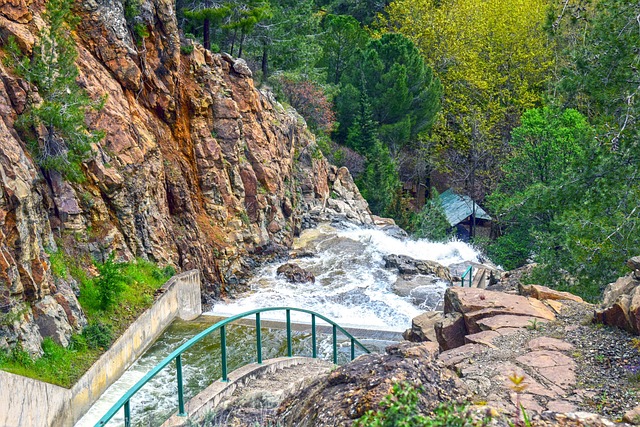Wildlife observation at Hatta Dam is a powerful conservation tool that raises public awareness about biodiversity. The tranquil setting attracts rare native species, providing insights into their behaviors and habitats. Activities like birdwatching, photography, and guided tours promote appreciation for the natural ecosystem while ensuring the long-term survival of endangered species. Responsible wildlife observation practices, adhering to strict guidelines, contribute to conservation efforts and offer an unforgettable experience for visitors engaging in various Hatta Dam activities.
Immerse yourself in a journey of discovery as we explore the enchanting world of wildlife observation, particularly focusing on rare native species. In the tranquil settings of Hatta Dam, a unique ecosystem thrives, offering an unparalleled observational hub. This article delves into the significance of preserving these habitats and provides ethical practices for enthusiasts. Learn how careful planning and preparation can enhance your experience while contributing to the conservation of these remarkable creatures and their natural homes, including various Hatta Dam activities.
- Understanding the Importance of Wildlife Observation for Rare Native Species
- The Role of Tranquil Surroundings in Fostering Biodiversity
- Hatta Dam: A Unique Ecosystem and Observational Hub
- Engaging in Ethical Wildlife Observation Practices
- Enhancing Your Experience with Planning and Preparation
Understanding the Importance of Wildlife Observation for Rare Native Species

Wildlife observation plays a pivotal role in preserving rare native species, especially in areas like Hatta Dam where biodiversity is rich but often threatened. Engaging in these activities allows researchers and enthusiasts to gain valuable insights into the ecological roles and life histories of these unique creatures. By observing their behaviors, habitats, and interactions, we can better understand their specific needs and implement effective conservation strategies.
Furthermore, these tranquil surroundings offer a chance to promote public awareness and appreciation for endangered species. Responsible wildlife observation encourages people to respect natural environments, fostering a sense of stewardship. It also provides an opportunity to educate communities about the importance of preserving local ecosystems, potentially leading to more support for conservation initiatives, ultimately ensuring the long-term survival of rare native species in areas like Hatta Dam.
The Role of Tranquil Surroundings in Fostering Biodiversity
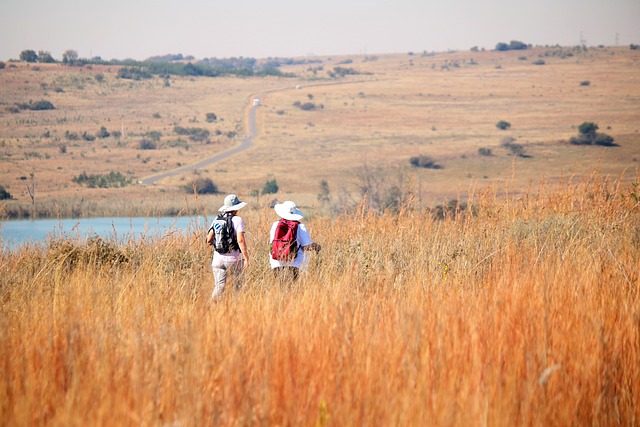
In the quest to observe rare native species, tranquil surroundings play a pivotal role in fostering biodiversity. Natural habitats that are undisturbed and peaceful provide safe havens for diverse flora and fauna, enabling them to thrive and reproduce. These serene environments, such as those around Hatta Dam, offer a sanctuary where wildlife can engage in vital activities like foraging, breeding, and migrating without human interference or disturbance.
The serenity of these locations encourages a rich variety of species to coexist, creating a vibrant ecosystem. For instance, the calm waters of Hatta Dam attract diverse bird species, aquatic life, and even mammals that rely on such habitats for sustenance and shelter. The preservation and promotion of tranquil settings like this not only enhance the experience of wildlife observers but also contribute significantly to the long-term conservation of rare native species.
Hatta Dam: A Unique Ecosystem and Observational Hub
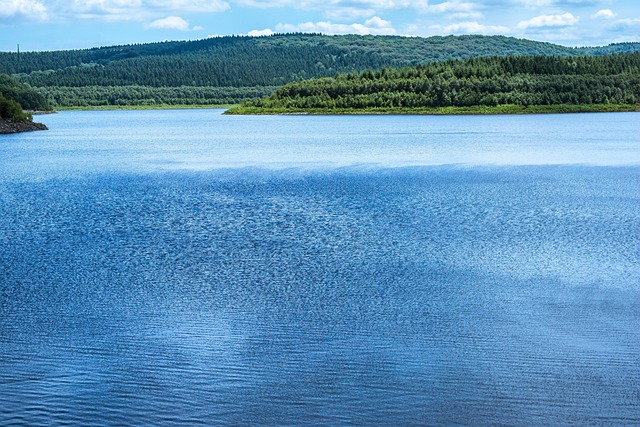
Hatta Dam, nestled in a serene natural setting, serves as more than just a structural marvel; it’s a unique ecosystem and observational hub for rare native species. The dam’s construction has actually contributed to the creation of diverse habitats, from lush wetlands to rocky shorelines, supporting an array of flora and fauna. These tranquil surroundings make Hatta Dam an ideal spot for wildlife observation, offering visitors a chance to witness rare birds, fish, and other animals in their natural habitats.
The variety of habitat types attracts a diverse range of species, making it a haven for nature enthusiasts and birders alike. Visitors can engage in various activities like birdwatching, photography, and even guided tours to learn about the dam’s ecological significance. The peaceful atmosphere and rich biodiversity make Hatta Dam an unforgettable destination for those seeking a tranquil connection with nature while also contributing to conservation efforts by appreciating and understanding these precious ecosystems.
Engaging in Ethical Wildlife Observation Practices
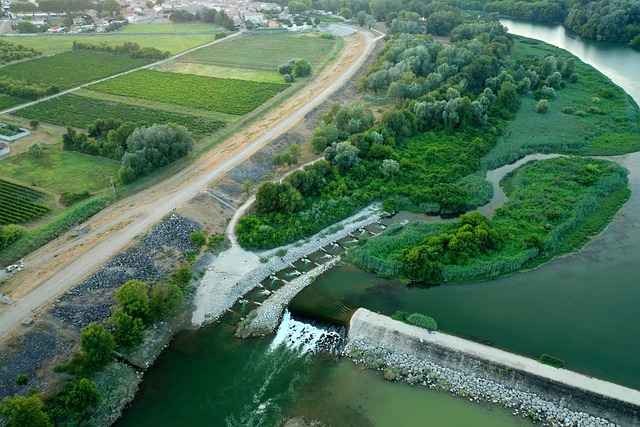
Ethical wildlife observation is a responsible approach that allows visitors to connect with nature while minimizing disruption to the animals and their habitat, especially when engaging in activities near structures like Hatta Dam. This practice involves adhering to specific guidelines to ensure the well-being of rare native species and maintaining the natural tranquil surroundings.
When observing wildlife, it’s crucial to maintain a safe distance, avoid disturbing the animals’ routine, and use non-invasive equipment. Visitors should also be mindful of their presence and movements, respecting the animals’ space and not pursuing or harassing them. Encouraging responsible behavior during Hatta Dam activities can contribute to long-term conservation efforts, allowing future generations to appreciate and experience these rare native species in their natural habitat.
Enhancing Your Experience with Planning and Preparation
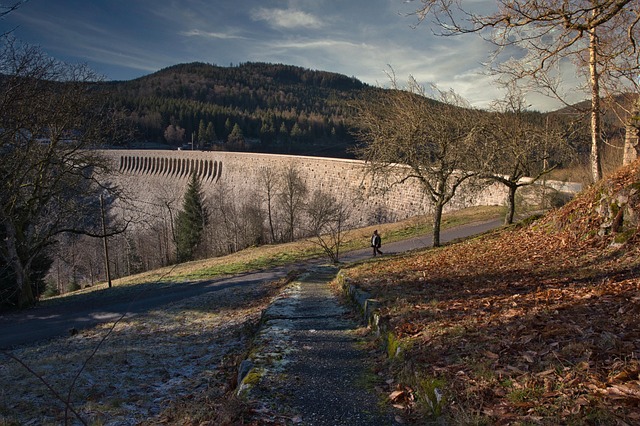
Wildlife observation, particularly of rare native species, is a powerful tool for conservation and appreciation of our natural world. The tranquil settings, like those found at Hatta Dam, offer unique ecosystems that attract diverse biodiversity. Engaging in ethical practices and proper planning can transform a wildlife viewing experience into a meaningful connection with nature. By exploring these environments responsibly, we contribute to the preservation of rare species and ensure that natural landscapes remain untouched for future generations to enjoy Hatta Dam activities.
